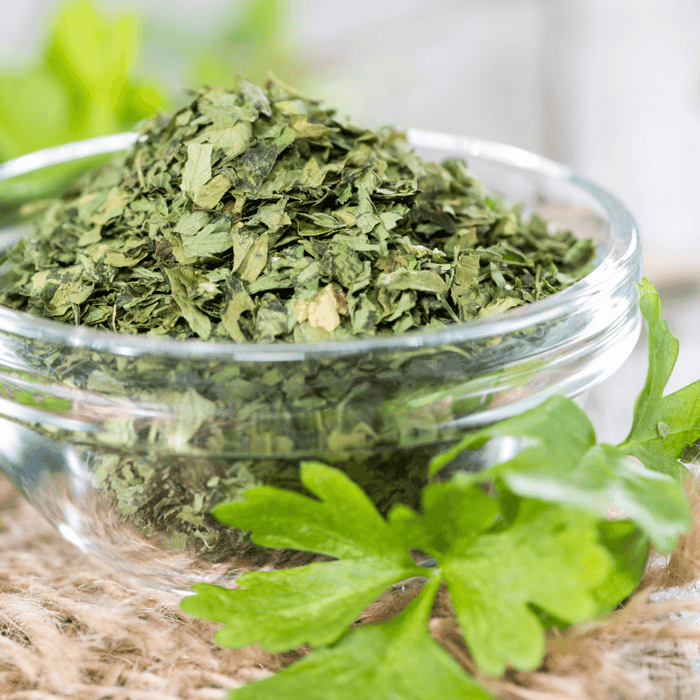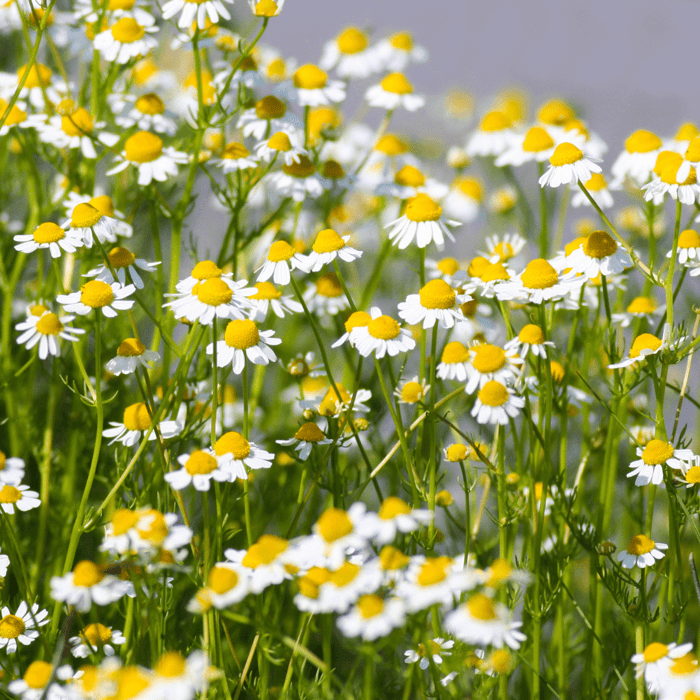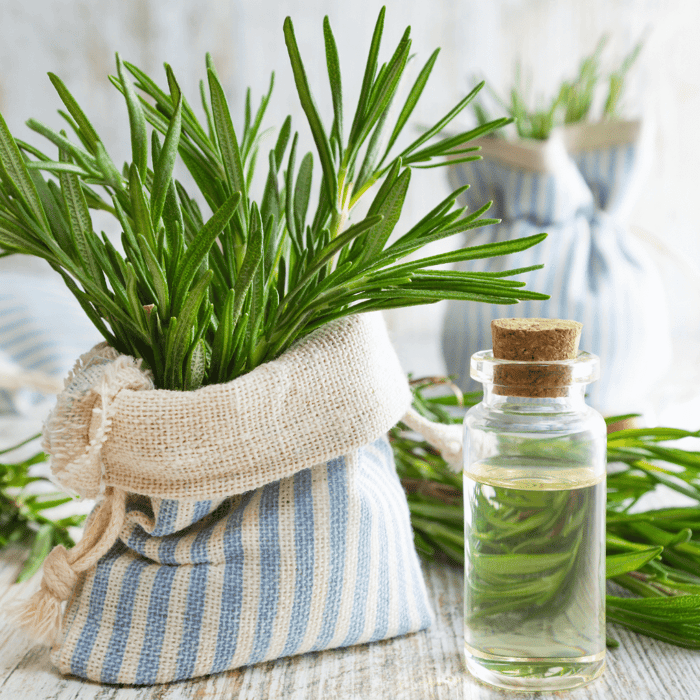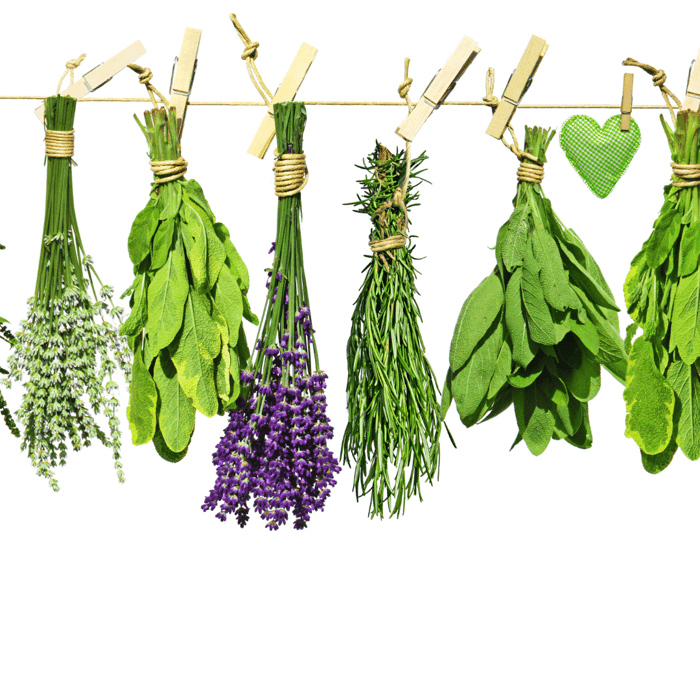Hello, fellow gardeners! I'm an avid gardener with a passion for growing herbs, and today, I'm here to share my tips on growing Italian flat-leaf parsley. This flavorful herb is known for its bright green leaves, and it's a must-have addition to any herb garden. In this comprehensive guide, we will cover everything you need to know to successfully grow Italian flat-leaf parsley from seed to harvest. With its rich history, deep green color, and versatile culinary uses, this herb is an essential ingredient in countless dishes. Let's dive in and learn how to grow Itlanian flat leaf parsley from seed.
1. Introduction to Italian Flat Leaf Parsley
Italian flat-leaf parsley (Petroselinum crispum var. neapolitanum) is a popular biennial herb with a robust, earthy flavor that makes it a staple in Mediterranean cuisine. It is prized for its dark green, flat-leaved foliage, which distinguishes it from its curly parsley counterpart. Not only is Italian flat leaf parsley easy to grow, but it is also a versatile ingredient in a wide array of dishes, from soups and stews to salads and pasta.
Italian Flat Leaf Parsley Seeds
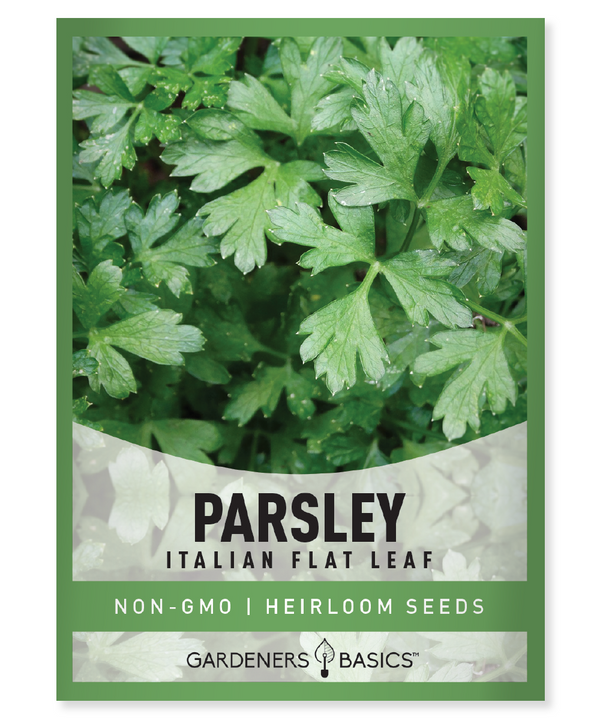
$2.49
Italian Flat Leaf Parsley Seeds - Heirloom, Non-GMO, Non-Hybrid, Open-Pollinated Grow your garden with Italian Flat Leaf Parsley seeds, a must-have herb for chefs and gardeners alike! Our premium seeds are heirloom, non-GMO, non-hybrid, and open-pollinated, ensuring a natural and… read more
2. Plant Characteristics
Before diving into the steps for growing Italian flat leaf parsley, let's explore its characteristics:
- History of the Seed: Native to the Mediterranean region, Italian flat-leaf parsley has been cultivated for centuries for both its culinary and medicinal properties.
- Days till maturity: Approximately 70-90 days.
- Planting depth: 1/4 inch.
- Plant spacing: 10-12 inches apart.
- Days to germination: 14-30 days.
- Start indoors or direct sown: Both methods work well, though starting indoors is recommended in colder climates.
- Full sun or partial shade: Prefers full sun, but can tolerate partial shade.
- When to harvest: Harvest when the leaves are large and deep green, typically after 70-90 days.
- Plant height: 12-18 inches tall.
- Plant width: 9-12 inches wide.
- Native: Mediterranean region.
- Family: Apiaceae.
3. Preparing to Plant
To start your herb garden, gather the following materials:
- Italian flat leaf parsley seeds
- Seed starting mix or potting soil
- Seed trays or small pots
- Garden beds or containers with well-draining soil
- Trowel
- Watering can or hose
4. Starting Italian Flat Leaf Parsley Seeds
Follow these steps to start your Italian flat leaf parsley seeds:
- Choose a location: Select a sunny window or another spot with plenty of sunlight for starting your herb seeds.
- Prepare the seed trays: Fill seed trays or small pots with seed starting mix or potting soil, making sure to leave a 1/4-inch gap at the top.
- Plant the seeds: Place one parsley seed in each cell or pot, and cover with a 1/4 inch of soil.
- Water the seeds: Gently water the seeds until the soil is moist, but not soaking wet. Keep the soil moist throughout the germination process.
- Maintain optimal conditions: Maintain a temperature of 65-75°F (18-24°C) for best germination results.
5. Transplanting Seedlings
Once your parsley seedlings have developed their second set of true leaves, they are ready to be transplanted into the garden or a larger container. Follow these steps to transplant your parsley seedlings:
- Harden off the seedlings: Gradually expose your seedlings to outdoor conditions over a period of 7-10 days to help them acclimate to the environment.
- Prepare the garden beds: Choose a location with full sun and well-draining soil. Loosen the soil with a trowel or garden fork and mix in some compost or aged manure to enrich the soil.
- Plant the seedlings: Dig small holes in the garden bed or container, spaced 10-12 inches apart. Gently remove the seedlings from their trays or pots, being careful not to damage their roots, and place them in the holes. Fill the holes with soil and gently firm it around the base of the seedlings.
- Water the seedlings: Water the transplanted seedlings thoroughly, ensuring the soil is moist but not waterlogged.
Popular Herb Seeds for Planting | 35 Variety Pack
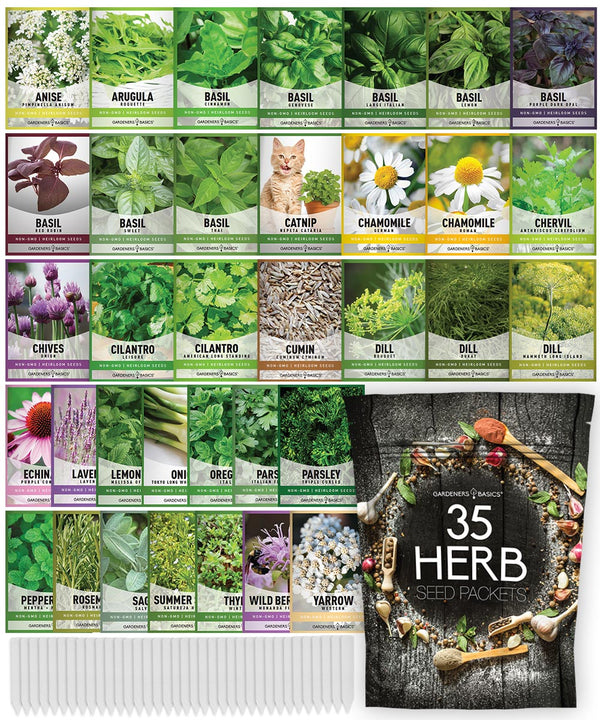
$29.95
$49.95
Heirloom, non-GMO herb seeds for indoor and outdoor home gardens! Introducing our 35 Herb Seeds Variety Pack, the ultimate selection for any herb garden enthusiast! This premium assortment includes heirloom herb seeds that are non-hybrid, open-pollinated, and non-GMO, ensuring you get only… read more
6. Caring for Your Italian Flat Leaf Parsley
To ensure a bountiful harvest, follow these care tips for your growing Italian parsley:
- Watering: Keep the soil consistently moist, but avoid overwatering as this can lead to root rot. Water when the top inch of soil feels dry to the touch.
- Fertilizing: Apply a balanced, organic fertilizer once a month to promote healthy growth.
- Weeding: Regularly remove weeds from your garden beds to reduce competition for nutrients and water.
- Pest control: Inspect your parsley plants for pests, such as aphids or whiteflies, and treat them with organic insecticides if necessary.
- Pruning: Pinch off any flowers that form to encourage bushier growth and prolong the harvest.
7. Harvesting Your Italian Flat Leaf Parsley
To harvest your Italian flat leaf parsley, follow these steps:
- When to harvest: Begin harvesting when the leaves are large and deep green, typically after 70-90 days.
- Method: Use a sharp pair of scissors or garden shears to cut the outer stems close to the base of the plant, leaving the inner stems to continue growing.
- Frequency: Harvest parsley as needed, but avoid taking more than one-third of the plant at a time to allow for regrowth.
8. Storing and Using Your Italian Flat Leaf Parsley
After harvesting your parsley, store and use it in the following ways:
- Storing: Rinse the harvested leaves and pat them dry with a paper towel. You can store fresh parsley in the refrigerator by wrapping it in a slightly damp paper towel and placing it in a plastic bag.
- Drying: Hang bunches of parsley upside down in a well-ventilated, dark location to dry. Once fully dried, crumble the leaves and store them in an airtight container.
- Freezing: Chop fresh parsley leaves and freeze them in ice cube trays with a little water or olive oil. Transfer the frozen cubes to a freezer-safe container for long-term storage.
- Using: Add fresh or dried Italian flat-leaf parsley to a wide variety of dishes, including soups, stews, salads, pasta, and more, for a burst of flavor and color.
With this comprehensive guide, you are now well-equipped to grow and enjoy your own Italian flat leaf parsley. This versatile herb is not only easy to grow but is also a delightful addition to your herb garden and your kitchen. Happy gardening!
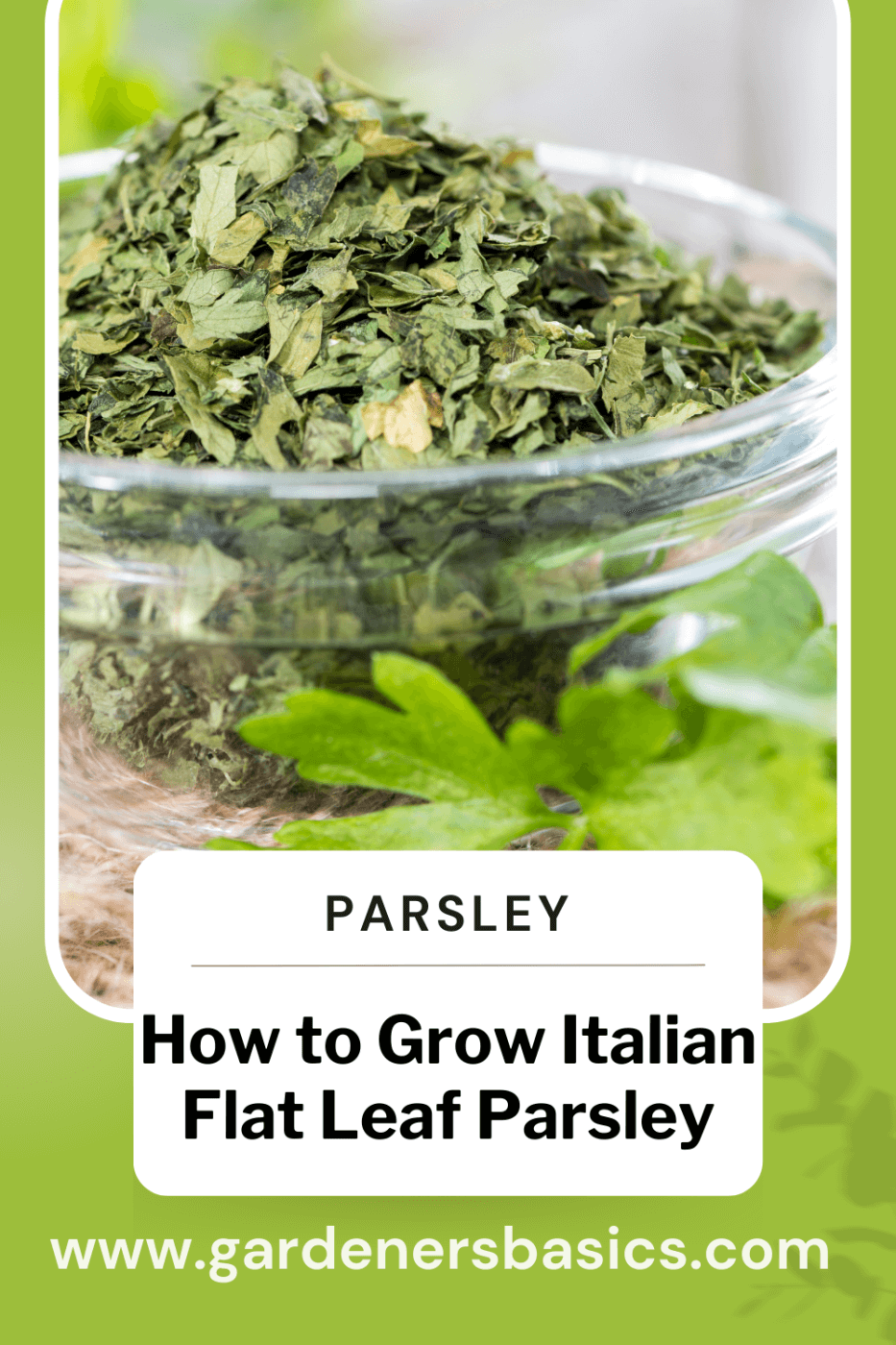 9. Frequently Asked Questions (FAQs)
9. Frequently Asked Questions (FAQs)
Here are some common questions and answers about growing Italian flat leaf parsley:
Q: Can I grow Italian flat leaf parsley in a container?
A: Yes, Italian flat leaf parsley can be successfully grown in containers. Choose a container with drainage holes and fill it with well-draining potting soil. Ensure the container is large enough to accommodate the mature size of the parsley plant.
Q: How do I prevent my parsley from becoming leggy and weak?
A: To prevent leggy growth, ensure your parsley plants receive enough sunlight (6-8 hours of full sun daily) and avoid over-fertilizing. Regularly pruning the plants by pinching off the tips of the stems can also encourage bushier growth.
Q: Why are my parsley leaves turning yellow?
A: Yellowing leaves can be a sign of several issues, including overwatering, underwatering, or nutrient deficiencies. Check the moisture level of your soil, and adjust your watering practices accordingly. Applying a balanced, organic fertilizer can help address nutrient deficiencies.
Q: Can I grow Italian flat leaf parsley and curly parsley together?
A: Yes, you can grow both Italian flat leaf parsley and curly parsley in the same garden or container, as they have similar growing requirements. However, make sure to give each plant enough space to grow and thrive.
Q: Is Italian flat leaf parsley a perennial plant?
A: Italian flat leaf parsley is a biennial plant, meaning it completes its life cycle over two years. In the first year, the plant produces leaves, while in the second year, it produces flowers and seeds before dying. However, it is often grown as an annual herb, as the leaves flavor and texture are best in the first year.
Q: Can I save the seeds from my Italian flat leaf parsley to grow next year?
A: Yes, you can save the seeds from your parsley plants for future planting. Allow the flowers to fully develop and dry on the plant, then collect the seeds and store them in a cool, dry location until you're ready to plant them.



